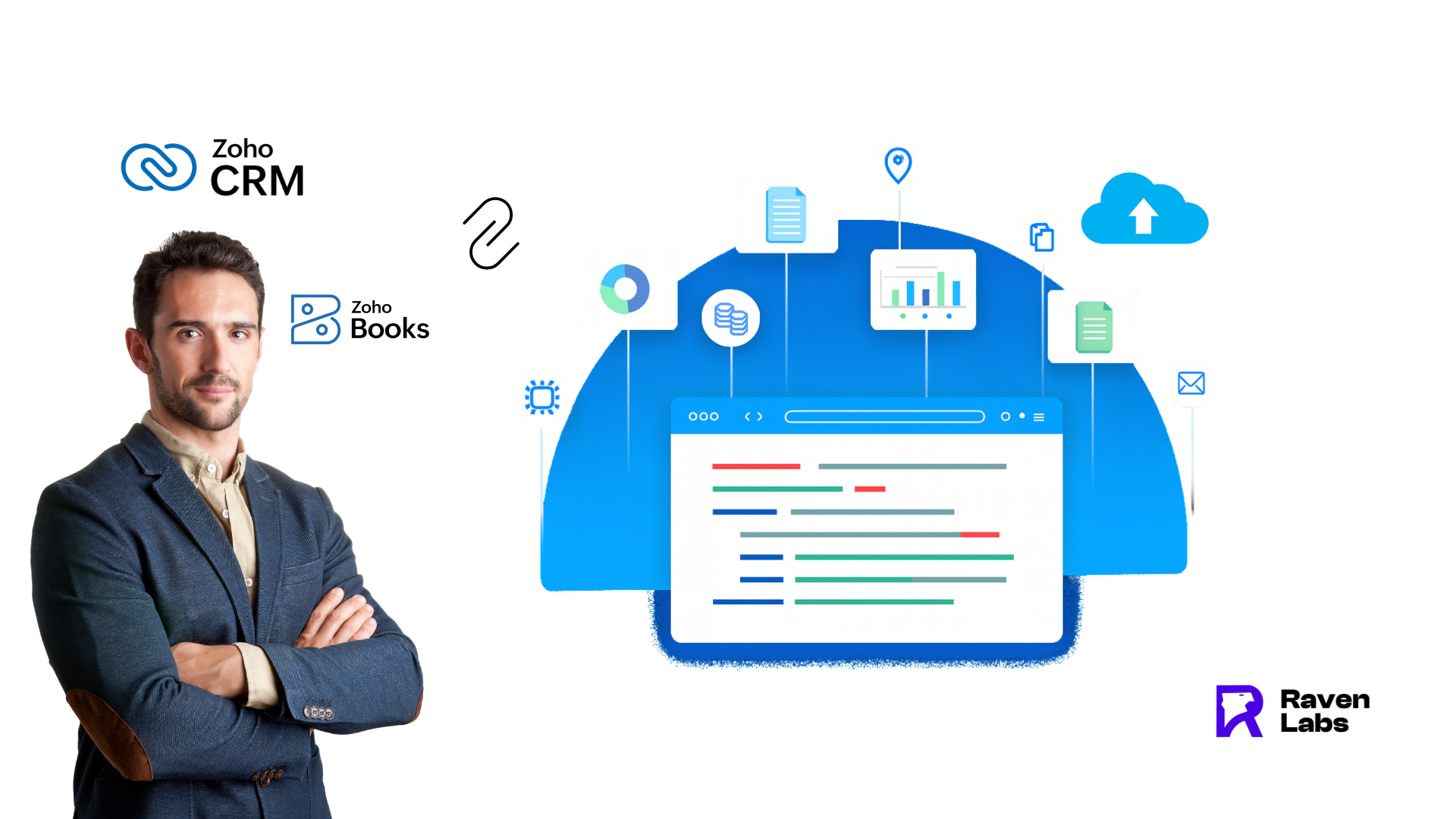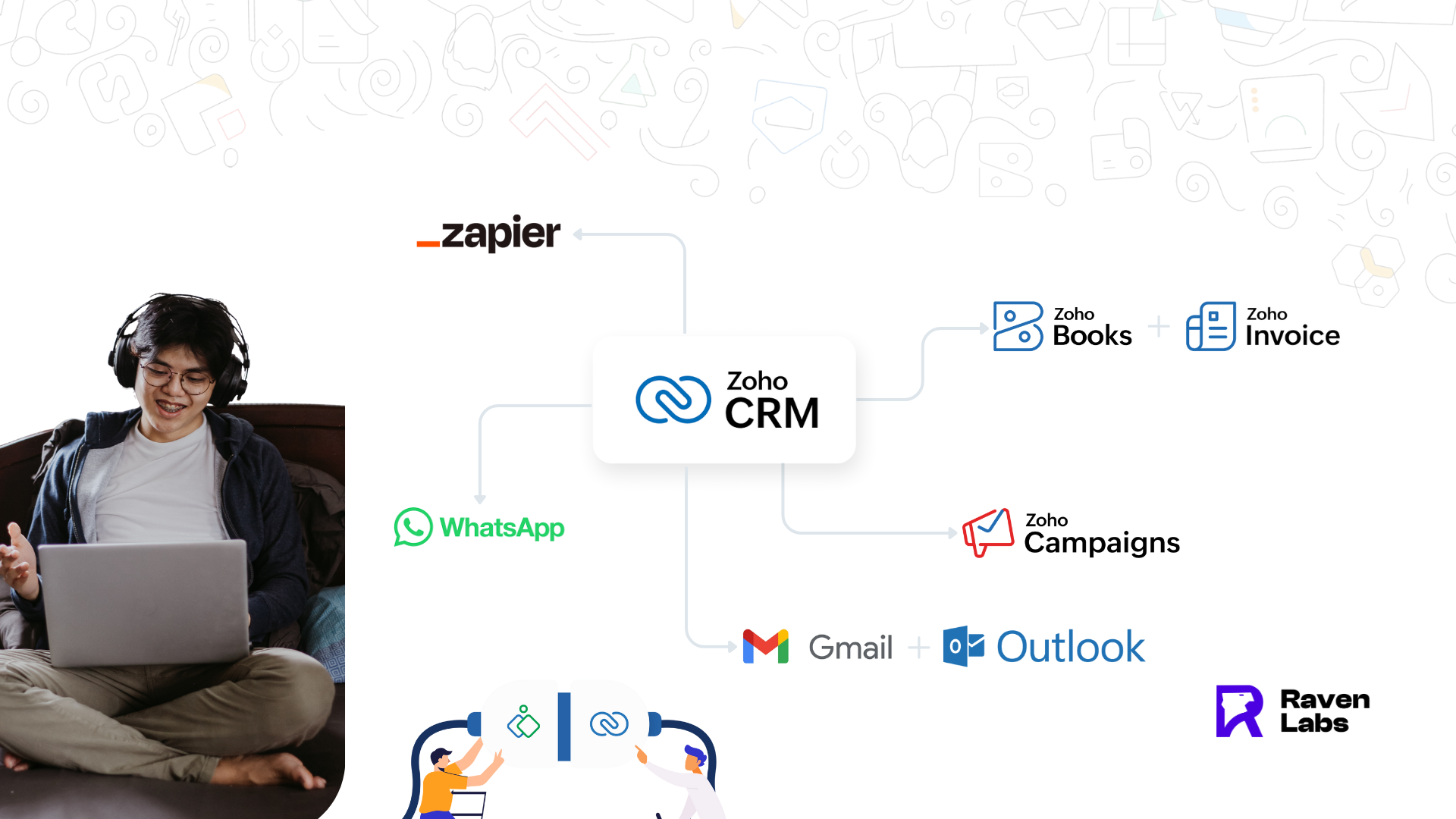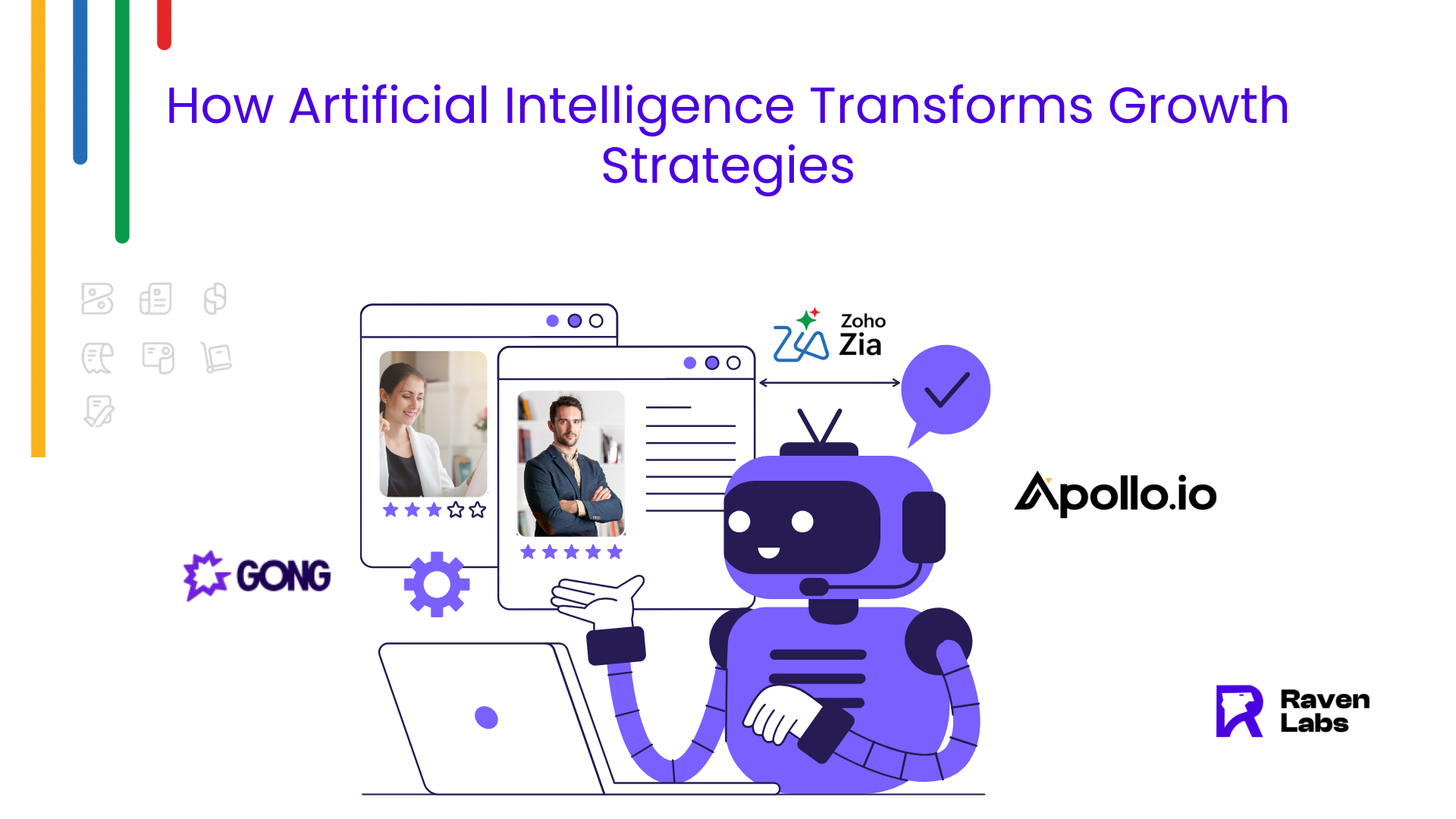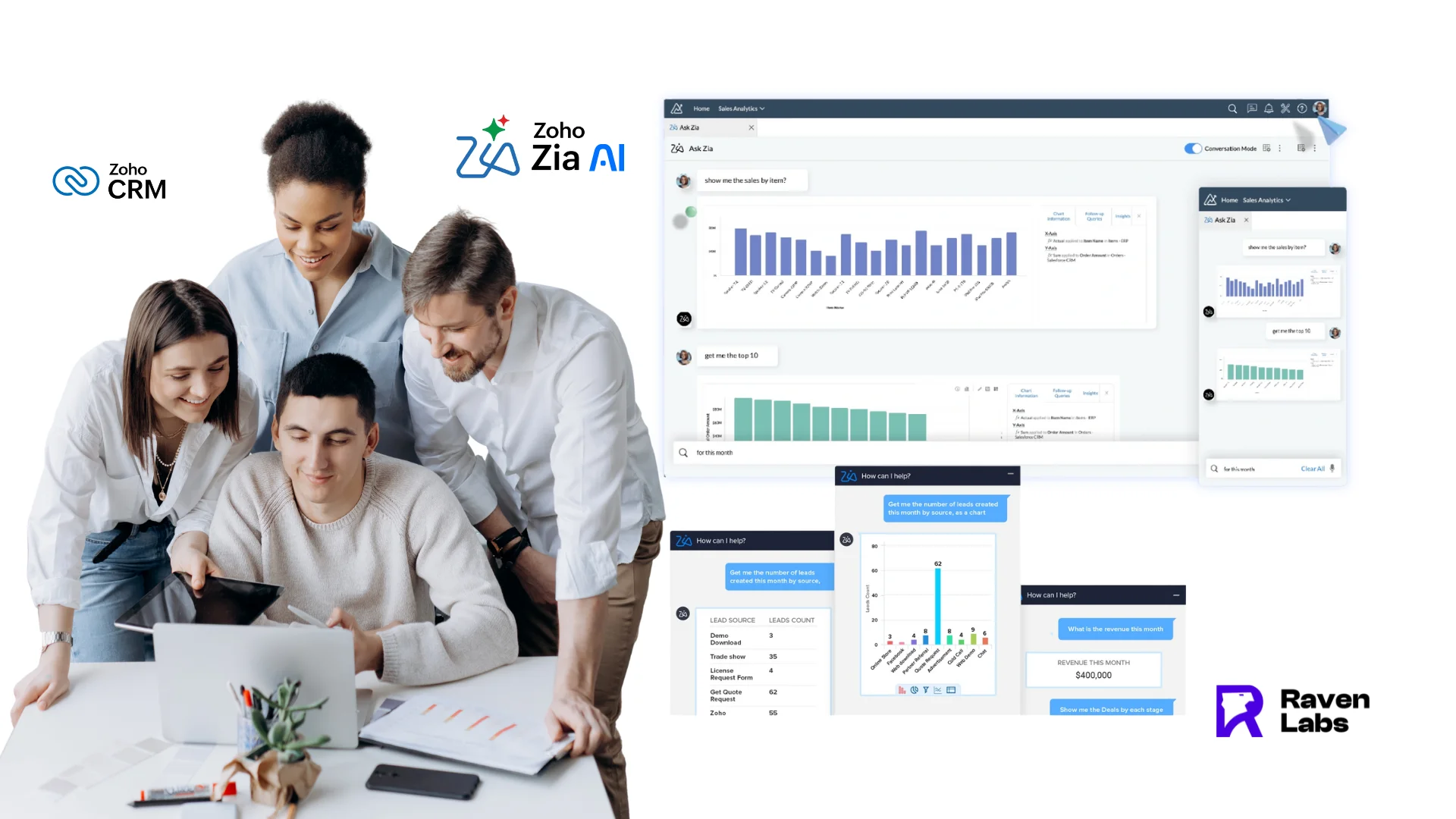Introduction: The Modern Data Dilemma
In 2025, data fuels every business decision. Yet, most organizations still battle data silos—isolated systems where sales, finance, marketing, and operations data never talk to each other. A Gartner report found that 47% of companies lose revenue opportunities due to poor data management and disconnected systems.
This is where data integration steps in. By definition, data integration is the process of combining information from different sources into a single, consistent view. It connects all your systems—CRM, ERP, eCommerce, HR, marketing platforms—you gain one unified source of truth that drives better insights, faster decisions, and smarter growth. Data integration tools and platforms have become essential for businesses looking to break down these silos and leverage their data effectively.
This article explores the top 10 benefits of data integration and why it’s now a non-negotiable part of digital transformation strategies for 2025 and beyond. We’ll also touch on various data integration techniques and tools that can help businesses achieve these benefits, including popular data integration tools like Qlik Data Integration.
1. Unified View of Business Data
Without integration, data lives in separate systems, making reporting slow and inconsistent. Data integration creates a single source of truth—merging customer, sales, and operational data into one dashboard. Managers gain complete visibility and can make informed, cross-departmental decisions instantly. This unified view is a key feature of any robust data integration system.
Example: A company integrating Zoho CRM and Zoho Books gets real-time updates on invoices, leads, and payments—no manual exports needed. This type of database integration is crucial for maintaining data consistency across systems and often involves data replication to ensure all systems have up-to-date information.
2. Enhanced Decision-Making with Real-Time Insights
When data moves seamlessly between systems, businesses get real-time analytics instead of waiting for monthly reports. Executives can respond to changing customer trends, adjust campaigns, and make quicker, data-backed choices. Cloud data integration platforms enable this real-time data flow, supporting faster decision-making processes.
📊 According to Dresner Advisory, companies using integrated data systems are 23% faster at decision-making compared to those relying on isolated data. This speed is often achieved through streaming data integration techniques and data streaming processes that allow for real-time data processing and analysis.
3. Reduced Manual Effort and Human Errors
Manual data entry is error-prone and time-consuming. Integration automates data synchronization between platforms, ensuring accuracy. This means no double entries, fewer mistakes, and less time wasted fixing data discrepancies. Data integration tools often include features for data cleansing and validation, further reducing errors. The data preparation phase is crucial in this process, ensuring that data is clean and ready for integration.
4. Increased Operational Efficiency
Data integration streamlines workflows across departments. Marketing, finance, and operations can collaborate using shared data without extra steps. It eliminates repetitive manual processes—boosting productivity and cutting costs. Enterprise data integration solutions often include workflow automation capabilities to further enhance efficiency.
💡 For instance, automating data flow between Shopify and Zoho Inventory ensures every online order instantly updates stock, sales, and accounting systems. This type of integration often relies on REST APIs or GraphQL for seamless data exchange, showcasing the importance of API integration in modern data integrations.
5. Improved Customer Experience
A unified data view allows your teams to understand customers better. When CRM, helpdesk, and marketing tools share data, support agents can see complete histories—past purchases, preferences, and communication—resulting in faster, personalized service. This comprehensive view is often referred to as a Customer 360 approach and may involve data ingestion from multiple sources to create a complete customer profile.
📈 Businesses that integrate customer data see up to 25% higher retention rates (Source: Salesforce). Big data integration techniques are often employed to handle the volume and variety of customer data, often utilizing data lakes or data warehouses for efficient storage and retrieval.
6. Stronger Business Intelligence and Analytics
With integrated data, BI tools like Power BI, Tableau, or Zoho Analytics can pull accurate data from multiple sources. This produces better visualizations and forecasting models—leading to smarter strategic planning and performance monitoring. Data analytics becomes more powerful when working with a comprehensive, integrated dataset. The process often involves data discovery to understand available data sources and their potential value.
7. Better Compliance and Data Governance
Integration supports consistent data governance, ensuring compliance with privacy laws like GDPR and HIPAA compliance. It helps maintain accuracy, audit trails, and centralized control over sensitive information, reducing risks and improving data quality. Master data management (MDM) is often a key component of data governance strategies, ensuring consistent data mapping across different systems and processes.
8. Scalability for Future Growth
As businesses adopt new tools, a scalable data integration platform ensures smooth expansion. APIs and data connectors allow easy addition of new platforms without starting over, future-proofing your digital ecosystem. Many modern integration platforms offer a low-code data integration approach, making it easier for businesses to adapt and scale their data infrastructure. Hybrid integration platforms are particularly useful for businesses managing both cloud and on-premises data sources.
9. Cost Savings and Higher ROI
Automation and efficiency translate directly to savings. According to Nucleus Research, integrated systems deliver an ROI of $5.97 for every $1 invested due to reduced manual effort, improved speed, and fewer IT resources. This ROI is often achieved through a combination of ETL tools, data pipeline automation, and efficient data management practices. Many businesses use visual data pipeline tools to design and monitor their data flows, making it easier to identify and optimize processes.
10. Seamless Cloud Migration and Digital Transformation
In 2025, most businesses are moving to the cloud. Data integration simplifies this transition by connecting on-premise and cloud systems, ensuring data continuity during migration and beyond. It’s the backbone of digital transformation initiatives. The data migration process is critical during this transition, often requiring specialized tools and strategies to ensure data integrity and consistency.
How to Get Started with Data Integration
Begin by identifying your critical data systems—CRM, ERP, marketing, and analytics. Then, choose an integration platform like Zoho Flow, Zapier, or Make (Integromat) for no-code workflows, or Microsoft Power Automate for enterprise-grade automation. Many of these platforms offer a drag-and-drop interface for creating integrations and come with pre-built connectors for popular applications.
For more complex needs, consider enterprise-grade solutions like Oracle Data Integrator, Pentaho Data Integration, Qlik Data Integration, or Talend Data Integration. These tools often provide advanced features like data virtualization, change data capture (CDC), and support for big data integration.
Test small connections, monitor data flow, and scale gradually. Start with a data catalog to understand your available data sources, then progress to more complex data transformation and data pipeline creation.
Common Challenges to Avoid
When implementing data integrations, be aware of these common data integration challenges:
- Not defining clear data ownership
- Poor data quality before integration
- Ignoring change management and training
- Overcomplicating integrations without automation
Addressing these early ensures a smooth, long-term data strategy. Consider implementing a data fabric or data mesh architecture for more flexible and scalable data integration.
Conclusion
The benefits of data integration go far beyond convenience—it’s the foundation of agility, accuracy, and growth in modern business. By connecting your systems and unifying your data, you empower every team to make decisions that are faster, smarter, and more impactful. Whether you’re looking at real-time data integration, batch processing, or a combination of both, the right integration strategy can transform your business operations.
Frequently Asked Questions (FAQs)
1. What is data integration in simple terms?
Data integration is the process of combining information from different sources into a single, consistent view. It’s about making your data work together seamlessly.
2. Why is data integration important in business?
It helps eliminate data silos, ensures real-time accuracy, and supports better decision-making across departments.
3. What tools are used for data integration?
Popular tools include Zoho Flow, Zapier, Talend, MuleSoft, Power Automate, and Informatica. These range from simple iPaaS (Integration Platform as a Service) solutions to complex ETL tools. Qlik Data Integration is another powerful option for businesses looking for comprehensive data integration capabilities.
4. Can small businesses benefit from data integration?
Absolutely. Even small setups save time and prevent costly data errors through automation and system connectivity. Many data integration tools offer scalable solutions suitable for businesses of all sizes.
5. What’s the future of data integration in 2025?
AI-driven and no-code integration platforms will dominate, allowing businesses to unify data faster and smarter. We’ll likely see more emphasis on streaming analytics, data products, and self-service data integration capabilities, with a focus on real-time data streaming and advanced API integration techniques.






